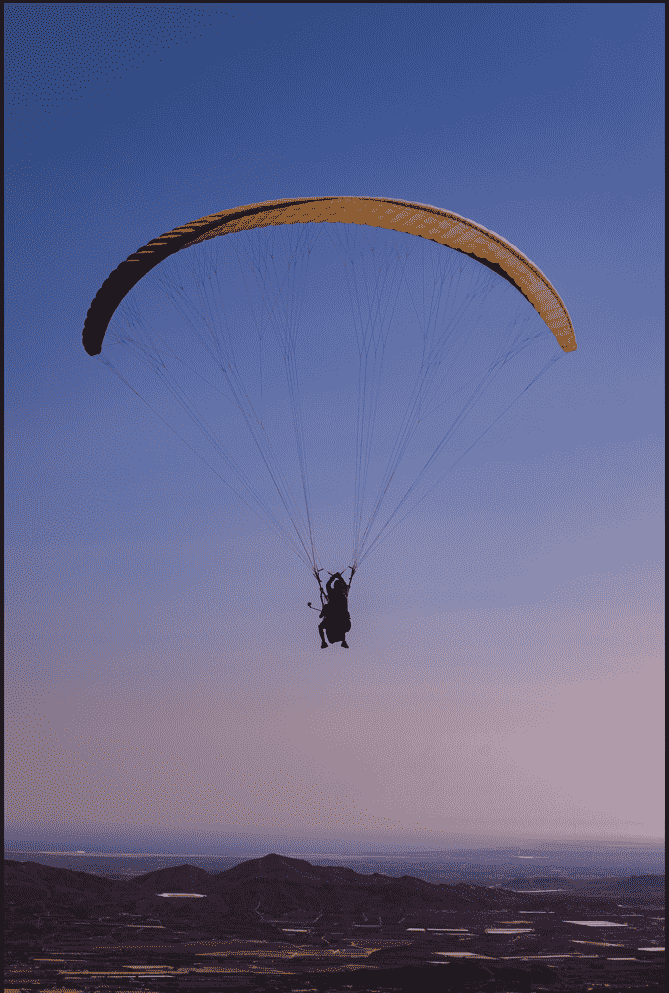Skydiving, a sport that defies gravity and takes adrenaline to new heights, has captivated thrill-seekers around the world. As exhilarating as it may be, skydiving is not a free-for-all adventure; it comes with a set of stringent rules and regulations to ensure the safety of participants. In this article, we will delve into the comprehensive rules that govern the heart-pounding world of skydiving.
Training and Certification: The First Leap
Skydiving begins with proper training. Before enthusiasts can take the leap from a plane soaring thousands of feet above the ground, they must undergo training provided by certified instructors. The training covers essential aspects such as equipment usage, body positioning, emergency procedures, and landing techniques.
Once the training is completed, individuals must obtain a skydiving certification. The certification is a testament to a jumper’s proficiency in understanding and applying safety protocols. Various levels of certification exist, with each level signifying a higher degree of expertise and experience.
Age and Health Requirements: Beyond the Horizon
Participating in skydiving requires more than just a daring spirit; there are age and health requirements to ensure the well-being of participants. Typically, individuals must be at least 18 years old to skydive independently. Younger enthusiasts may be allowed to tandem jump with a certified instructor.
Moreover, jumpers must be in good health and free from medical conditions that could pose a risk during the activity. A thorough medical examination may be required, and jumpers are encouraged to disclose any existing health issues to ensure a safe experience.
Explore the thrilling world of sports hammer throw Ball and indycar racing with in-depth articles, latest updates, and expert insights. Your go-to source for sports enthusiasts
Equipment Standards: The Backbone of Safety
Skydiving equipment is meticulously designed and maintained to meet stringent safety standards. The key components of a skydiving kit include the parachute, harness, altimeter, and automatic activation device (AAD). The parachute is, of course, the most crucial element, and it undergoes regular inspections and repacking to guarantee functionality.
Jumpers must also wear a jumpsuit, helmet, and goggles to protect themselves from the wind and other elements during freefall. The use of specialized gear is not just a formality; it is a critical factor in the overall safety of the sport.
Aircraft Protocols: Ascending Safely
The ascent is as crucial as the descent in skydiving. Before jumpers can experience the exhilaration of freefall, they must ascend to the desired altitude. The aircraft used for skydiving must adhere to safety regulations, including routine maintenance checks and compliance with weight and balance limits.
Furthermore, jumpers must be briefed on the aircraft’s emergency procedures and exit protocols. Understanding how to exit the plane safely is paramount, and jumpers are typically required to rehearse their exit techniques during training sessions.
Freefall and Canopy Control: Navigating the Skies
The heart-stopping freefall is the pinnacle of any skydiving experience. Jumpers reach terminal velocity, hurtling towards the earth at speeds exceeding 120 miles per hour. While this may seem like unbridled chaos, it is a meticulously controlled environment.
During freefall, jumpers must maintain a stable body position to ensure a safe and controlled descent. This involves arching the back, keeping limbs symmetrical, and staying aware of altitude. Once a specific altitude is reached, the jumper deploys the main parachute, transitioning from the high-speed freefall to a slow descent.
Canopy control is a critical skill in the latter part of the jump. Jumpers must navigate their parachutes with precision to ensure a safe landing. This involves controlling the speed, direction, and altitude of the parachute through the use of steering toggles.
Weather Conditions: The Unpredictable Element
While the allure of the skies beckons, weather conditions play a pivotal role in the safety of skydiving. Wind speed, cloud cover, and visibility all factor into whether a jump is deemed safe. Skydiving centers have strict weather policies, and jumps may be postponed or canceled if conditions are not favorable.
Wind speed, in particular, is closely monitored, as excessive winds can impact the stability of the parachute and the safety of the landing. Jumpers are taught to analyze weather conditions and understand their implications on the sport.
Drop Zone Regulations: Landing Safely
The drop zone, or landing area, is where the thrilling descent comes to a controlled conclusion. Strict regulations govern the use of drop zones, including rules related to airspace, ground obstacles, and landing patterns. Jumpers must adhere to designated landing zones and follow established procedures to avoid collisions with other jumpers or obstacles on the ground.
Drop zones are equipped with safety personnel, including ground crew and instructors, who monitor each descent and provide assistance if needed. It is essential for jumpers to follow the instructions given during the pre-jump briefing to ensure a safe landing.
Conclusion:
Skydiving is more than just a leap into the unknown—it’s a meticulously regulated sport that combines the thrill of freefall with the discipline of safety. From rigorous training and certification processes to adhering to equipment standards and weather conditions, every aspect of skydiving is governed by rules designed to prioritize the well-being of participants.
As adrenaline junkies take the plunge into the vast expanse of the sky, they do so with the knowledge that the rules and regulations surrounding their chosen sport are the invisible threads that weave together the fabric of a safe and exhilarating experience. In the world of skydiving, the pursuit of thrill is inseparable from the commitment to safety.





